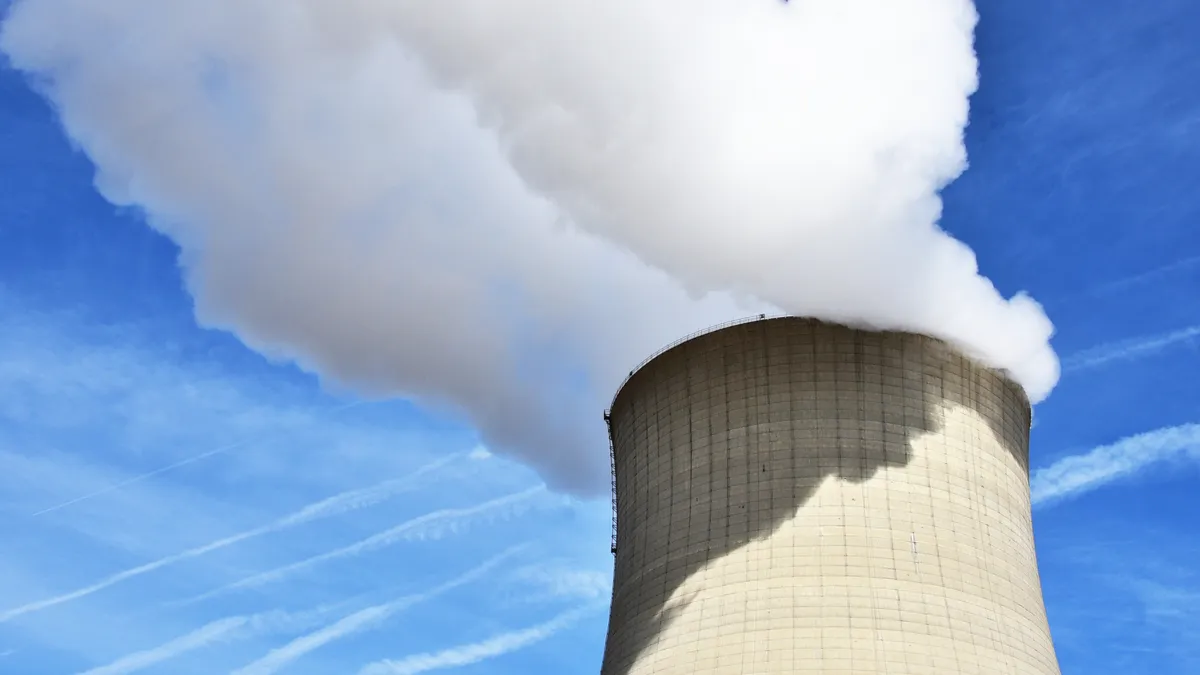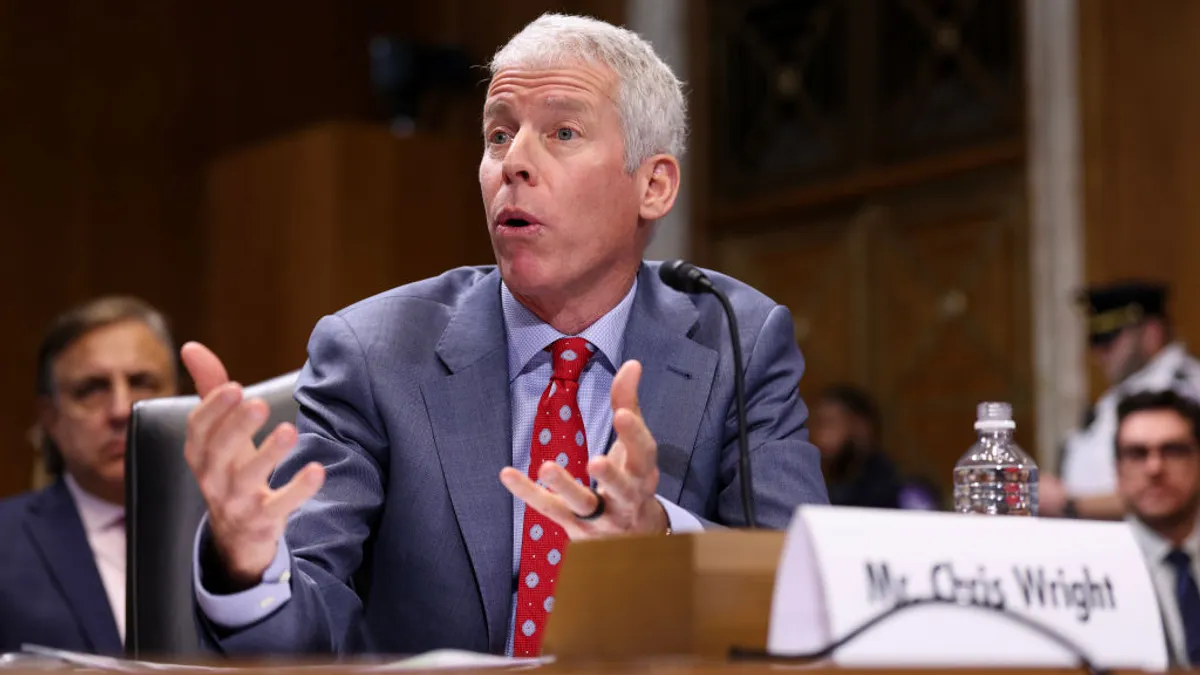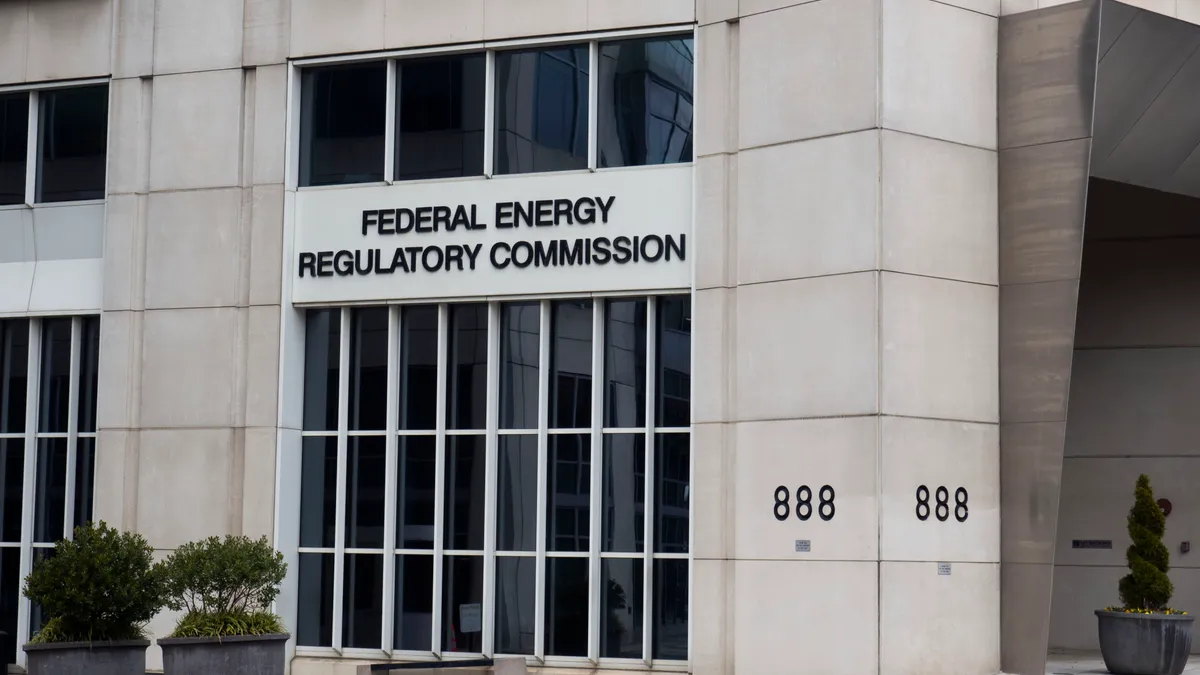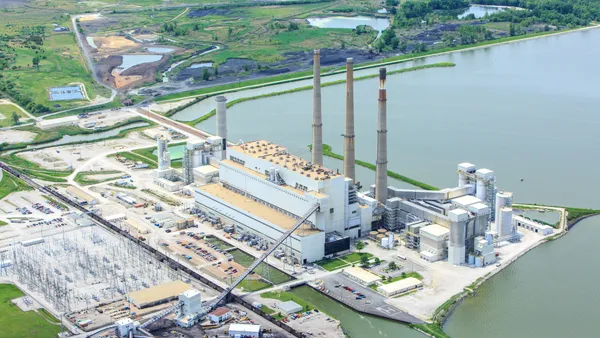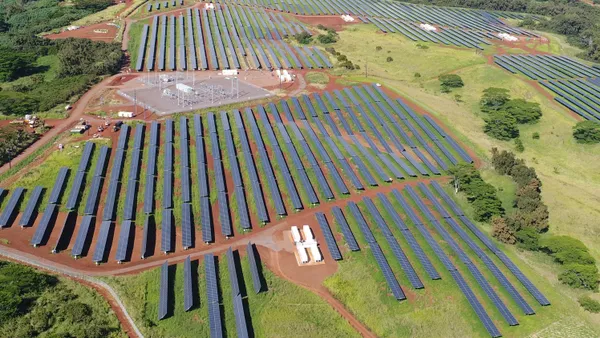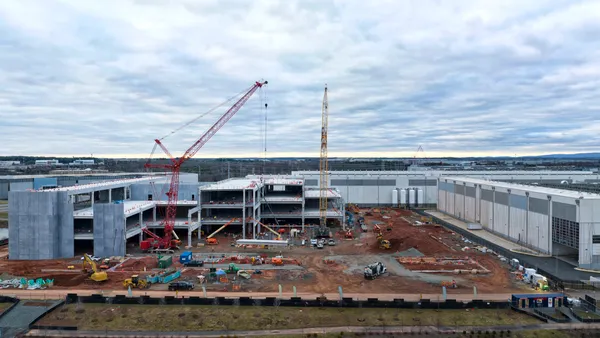Dive Brief:
- Five advanced nuclear companies have received conditional commitments for early supplies of high-assay, low-enriched uranium from the U.S. Department of Energy’s HALEU Availability Program, DOE said Wednesday.
- The five awardees — Kairos Power, Radiant Nuclear, Westinghouse, TerraPower and X-energy subsidiary TRISO-X — met DOE’s “prioritization criteria” for early HALEU deliveries, beating out 10 other applicants, DOE said. Three of the five need fuel this year, it said.
- If the awards are finalized, DOE will supply the HALEU from National Nuclear Security Administration stockpiles and other DOE-controlled reserves, it said. The National Defense Authorization Act of 2024 directed DOE to make at least 21 metric tons of HALEU available to advanced reactor developers by June 2026.
Dive Insight:
Many advanced nuclear technology companies have designed their reactors to run on HALEU, a more potent form of uranium than the low-enriched uranium used by the 94 commercial nuclear reactors in operation today. HALEU blends contain up to 20% by weight of the fissile U-235 isotope, whereas LEU is 3% to 5% U-235.
Most HALEU-fueled reactor designs also use non-water coolants, such as molten metals or salts, allowing them to run at lower pressures and thus operate more safely than conventional water-cooled reactors, their developers say.
Historically, DOE has produced HALEU for its own stockpiles by “downblending” high-enriched uranium. HALEU can also be made by enriching LEU to U-235 concentrations between 5% and 20%.
HALEU remains scarce in the United States, however. Civilian production is held back by “market uncertainties and infrastructure gaps,” DOE says.
The Nuclear Regulatory Commission cleared the way in early 2023 for a Centrus subsidiary to begin HALEU enrichment, but its Piketon, Ohio, plant will take several years to scale up its output. The plant has delivered 545 kilograms of HALEU to DOE and is on track to deliver 900 kilograms, or 0.9 metric tons, by the end of June, Centrus said in February.
Last May, Congress authorized $2.7 billion for expanded U.S. production of LEU and HALEU-derived nuclear fuels in a law that also banned all nuclear fuel imports from Russia after 2027.
In the meantime, the Wednesday announcement “shows that DOE is ready to make commitments to nuclear reactor developers that it will supply HALEU from its existing stockpile of material in the near-term,” Nuclear Innovation Alliance Senior Analyst Erik Cothron said in an email. “It’s now essential that these conditional commitments are converted into firm contracts.”
DOE will now initiate the contracting process and could deliver HALEU to the first awardees as soon as this fall, with additional allocation rounds to follow, it said.
Congress authorized the HALEU Availability Program in 2020 to “catalyze domestic enrichment capacity and reduce U.S. reliance on a complex global nuclear fuel market [and] meet the scale of future demand,” Cothron said. Existing HALEU stockpiles held by the NNSA or U.S. national labs are adequate to meet near-term demand, he added.
X-energy’s four metric-ton award is more than half the amount needed for the first core load at the company’s first planned commercial plant, a four-reactor facility that would provide power and heat to Dow Chemical’s Seadrift petrochemical plant in Texas, a company spokesperson said in an email.
If Dow decides to move forward with the 320-MWe project and the NRC approves the construction permit application the companies submitted in March, those reactors could begin construction later this decade and come online in the early 2030s, X-energy and Dow said last month.
X-energy also plans to deploy at least four and up to 12 of its 80-MWe small modular reactors at Energy Northwest’s Columbia Generating Station in Richland, Washington, as part of a deal with Amazon that could see more than 5 GW of new nuclear capacity commissioned by 2039.
Another DOE HALEU awardee, Kairos Power, said in October that it would work with Google to deploy 500 MW of new capacity by 2035, with first power as soon as 2030. To prepare, Kairos is building two low-power test reactors at the Oak Ridge National Laboratory in Tennessee.


